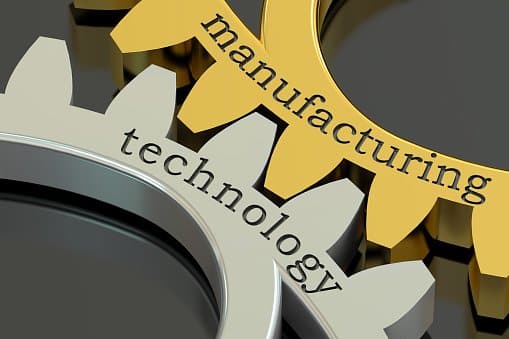The Internet of Things (IoT) and cloud technology offers manufacturing plants the data necessary to improve organizational processes and increase profitability.

Leaders of enterprises spanning every industry are continuously looking for ways to improve organizational processes, reduce spending, deliver quality goods and services, and increase profits. While every business stands to gain from achieving these goals, manufacturers who miss the mark have the most to lose. Every second of downtime puts the entire plant behind schedule, leaving the workforce scrambling to make up the difference. For many, developing a preventative maintenance strategy is the answer to minimizing downtime and optimizing maintenance costs.
The Internet of Things (IoT) and cloud technology is at the heart of this solution, making it possible for manufacturers to monitor assets and equipment, develop a routine maintenance plan, and identify issues before they force a halt in production.
Cloud technology and the Internet of Things are making it possible to remotely monitor and diagnose equipment, assess existing scenarios, fix equipment before it fails, and reduce overall maintenance costs.
Harnessing the Power of Data
IoT devices, partnered with facilities management software tailored to meet organizational needs, collects and analyzes data from manufacturing equipment. This information is then used to ensure a higher level of control over the manufacturer’s costs and facility conditions. In fact, a recently published report by McKinsey & Company estimates that the Internet of Things stands to save enterprises more than $4 trillion by 2025.
Manufacturers who invest in these business tools stand to benefit in three ways:
1) Reducing Downtime
A manufacturing plant is comprised of a series of complex machines. There are thousands of moving parts, each adding value to the entire production. If one piece of the puzzle, large or small, fails, production in the entire plant could be halted. This downtime reduces workforce engagement and costs the business both time and money.
Business tools like IoT sensors monitor every moving part, identifying weaknesses and deficiencies early on. Monitoring technicians can plan ahead, fixing the issue swiftly and during slower plant production times. Organizations also have the advantage of developing an automated preventative maintenance plan, scheduling routine maintenance before weaknesses arise. Since reactive maintenance accounts for more than 85% of an organization’s total maintenance spending, investing in a preventative maintenance strategy stands to significantly reduce facility management spending.
2) Increasing Organizational Efficiency
IoT tools can also help manufacturers better understand how the facility is performing and identify any opportunities to improve efficiency. For example, if a portion of the building is only used a few hours a day, is there really a need to keep the lights on all day? Or perhaps the HVAC runs colder in certain areas? IoT temperature and light sensors collect this data, offering management teams real-time analytics for each section of the plant. Once these issues are identified, plant managers can redefine processes, offering a more efficient working environment, at a fraction of the cost.
3) Increased Collaboration and Visibility
Historically, manufacturing plants have relied on IT systems tailored to a specific need. Each system worked separately from the other, making it impossible for the plant to truly run like a well-oiled machine. The Internet of Things integrates and connects each moving part, while still allowing them to perform their distinct, required job. This open line of communication offers management increased visibility and a better understanding of the big picture.
Before the arrival of IoT, organizations had a surplus of data, with no defined way of using it. With the implementation of the right business tools, manufacturers now have access to real-time, relevant data that assists them in making better decisions. Gaining a better understanding of their assets, resources, and facility ensures increased productivity and, ultimately, profits.
